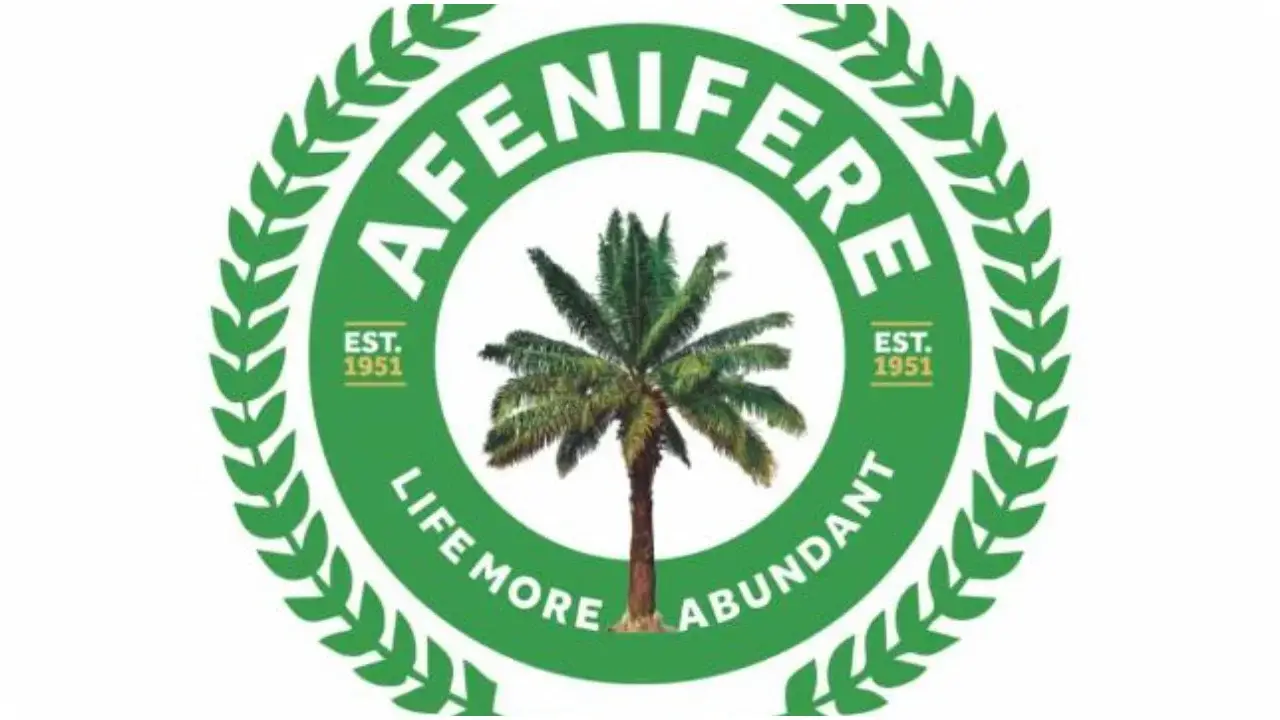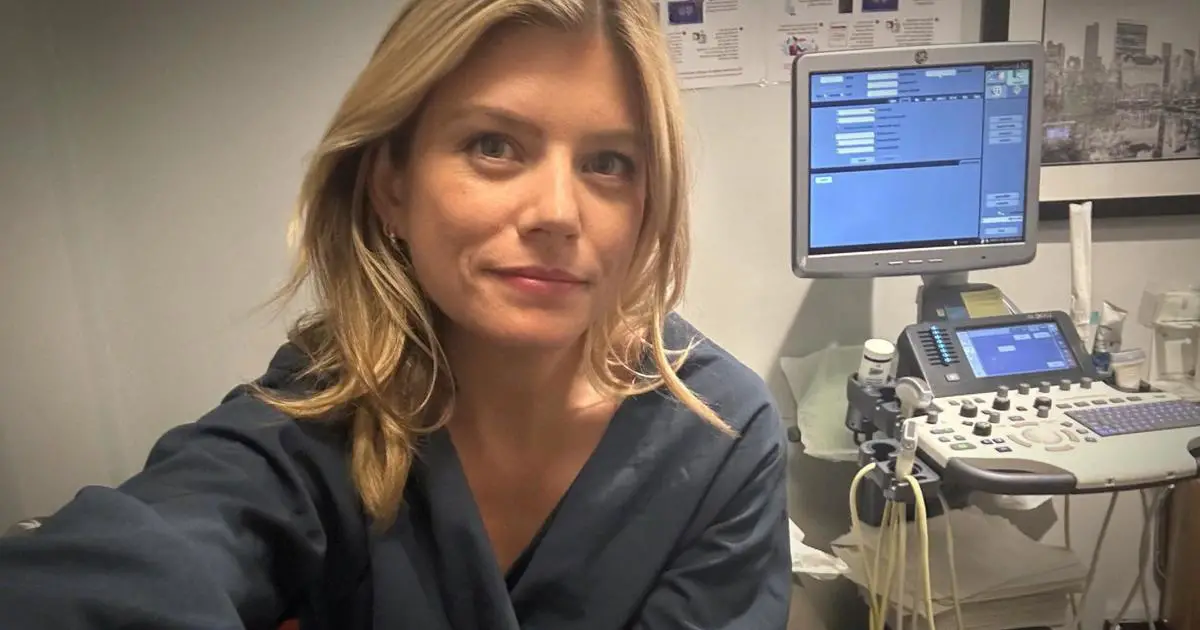‘You make more noise when you buy curtains!” California blues singer England Brooks, a Bodø resident for 20 years, gently berates her audience for their typically Norwegian diffidence when asked to join in on a song. They laugh, and at the next attempt sing a tiny louder.
This is the latest in a series of “Live Fridays” held at the PåPir library bar in this small coastal town. One of three capitals of culture this year (the other two are Bad Ischl in Austria and Tartu in Estonia), Bodø (pronounced BOO-duh) is also the first ever inside the Arctic Circle.
If your first reaction to that is brrrrrrr, I’ve good news – my four late-April days of culture vulturing took place under sunny skies. From June to mid-July, the sun never sets and summer temperatures are usually in the high teens. Between September and April there’s the added bonus of the northern lights.
Brooks’s gig is one of 1,000 or so capital of culture events planned this year for Bodø and Nordland, a county that covers nearly 15,000 square miles of Norway’s coastal north-west. I focus on events in the town, heading first to Nōua, a relatively small gallery that co-founder Marianne Bjørnmyr says “attracts big names like Tate Modern assistant curator Michael Raymond”. He’s putting together the main summer exhibition, of works by German artist Steffi Klenz (from 15 June-11 August).
Later that day I take in a spirited Arktisk Filharmoni performance of the story of the King of Skjervøy’s hidden silver treasure. Admittedly, knowing some Norwegian would br useful but most events are accessible to English speakers. That evening I head to the Ad Lib jazz club at Sinus club in the Stormen concert hall to listen to the Polish-Norwegian Maciej Obara Quartet. Though jazz is a little out of my musical comfort zone, even I start tapping a toe.
If opera’s more your thing, there’s a premiere on 9 August of Ingrid fra Barrøy (Ingrid from Barrøy) based on novels by Norwegian author Roy Jacobsen. Outdoorsy folk might prefer exploring the cabins of culture project: cabins dotted around the region are transformed into tiny culture houses where visitors can catch a micro-gig by a folk musician, go for a walk with an artist, or join a three-hour drawing course in Bodø (all events are free).
Bodø itself is a modern-looking place, having been devastated by bombing during the second world war. But with its shiny cultural centre and fancy library (the building resembles an open book) it has made valiant efforts to shrug off its reputation as one of Norway’s less-exciting towns. I rather take to its compact centre, with its huge murals and views across the sea to rocky isles and snow-capped mountains. I enjoy a comfy bed and a mountain view at Smarthotel, next to the railway station, which opened in 2022.
The town (pop 50,000) isbuilt on land traditionally inhabited by the Sámi – the semi-nomadic peoples who traverse northern Norway, Sweden, Finland and the Kola Peninsula – so it’s good to learn more about their culture at Saltfjell Sámi Adventure, a project recently started by a young Sámi couple from Norway’s Saltfjellet region.
“Sitting with the reindeer is my favourite therapy,” says Anne Margareta as she introduces me to the seven beasts she keeps on land on the edge of town. Over a foraged chaga mushroom tea – “It’s full of antioxidants and has anti-inflammatory properties,” Anne tells me about the challenges of being a Sámi in the 21st century, and how her Sámi language (there are 10 of them) has more than 300 words for snow.
I’ve seen plenty of the white stuff on my way north. Using an Interrail pass from England, I travelled through Belgium, Germany, Denmark and Sweden to Norway. With an evening and night in Oslo, the journey from Sussex took three days, including a thrilling 10-hour trip along the Nordland Line, a 453-mile run from Trondheim to Bodø. Later this year, the route will become part of the capital of culture programme. Starting at Trondheim, there will be a choice of six themed experiences from,stations along the line, including salmon river-rafting, Sámi bread-baking, lasso-throwing and overnight stays in offbeat accommodation such as mountain-summit cabins.
In Bodø I hire a bike from friendly folk at cycling outfit Opplev Nord to take advantage of the town’s cycle path networkand visit farther flung cultural attractions such as the town’s Jekt Trade Museum, built around its main attraction, an impressive wooden sloop (jekt) that was too fragile to be moved. Jan, my guide, talks me through the story of the traders who braved Norway’s island-pocked coastline. “You could eat the dried stockfish [cod] for as long as you could stand the smell,” he says cheerily, referring to what was Norway’s major commodity before the discovery of North Sea oil.
Close by, the Norwegian Aviation Museum pays homage to Bodø’s past as a major Norwegian airbase. The vast exhibition spaces are crammed with flying machines of all ages, including a U2 spy plane and a Spitfire.
after newsletter promotion
One afternoon, I embrace Norway’s friluftsliv (open-air living) culture by climbing a local mountain, Keiservarden (a petite 366 metres). Leaving my bike at the foot of a trail for the untaxing hike up to the summit, I enjoy windy views of the Lofoten Islands, the impressive Børvasstindan mountain range and faraway peaks near the Swedish border.
At sea level, Bodø is home to Saltstraumen, one of the strongest tidal currents on the planet. Four times a day, up to 400m cubic metres of water rushes through a narrow strait – it would have been rude to come all this way and not ask one of the local boat operators to show it to me. Our reassuringly grizzled skipper, Odd, deftly manoeuvres a small rib back and forth among the whirlpools while we tourists ooh and aah. Occasionally, during the three-hour trip, we stop in calmer waters where white-tailed eagles swoop spectacularly for frozen fish Odd flings their way.
My visit coincides with the monthly Culinary Carousel, a new venture offering a chance to sample the fare at four restaurants in a single afternoon. For about £36, you pick up a mini passport and saunter between establishments in any order. I choose the vegan option, kicking off at a harbourside tapas bar called Txaba for a subtle mango, avocado, lentil and sherry vinaigrette tartar. By the time I’ve downed a texture-rich tempura asparagus maki at Ohma and sun-dried tomato and asparagus with orzo pasta at Bjørk, I need a little pause to make room for my mini pizza at Sportsbaren where, prosaically, a television shows Sheffield United losing rather badly (of no concern to Norwegians, who seem to be overwhelmingly Liverpool fans).
But what better way to finish off my visit than with a sauna, that mainspring of Norwegian culture? I book a one-hour slot at Pust (Breathe) and begin the serious business of sweating out toxins while gazing at snow-capped mountains. Following everyone else’s lead, I leave the cabin a couple of times to leap boldly into the clear frigid waters of the harbour.
“Deilig! [Lovely!]” a young fellow saunaist remarks as she observes me hauling my pale, frozen flesh from the sea. They may be diffident with live music, but the people of Bodø do have a lovely line in sarcasm.
Rail tickets were provided by Interrail; a 7 days-in-a-month pass costs £324 (ages 28-59) and £243 (12-27). Accommodation was provided by Smart Hotels (doubles from £49). More info from bodo2024.no, visitbodo.com, and visitnorway.com





